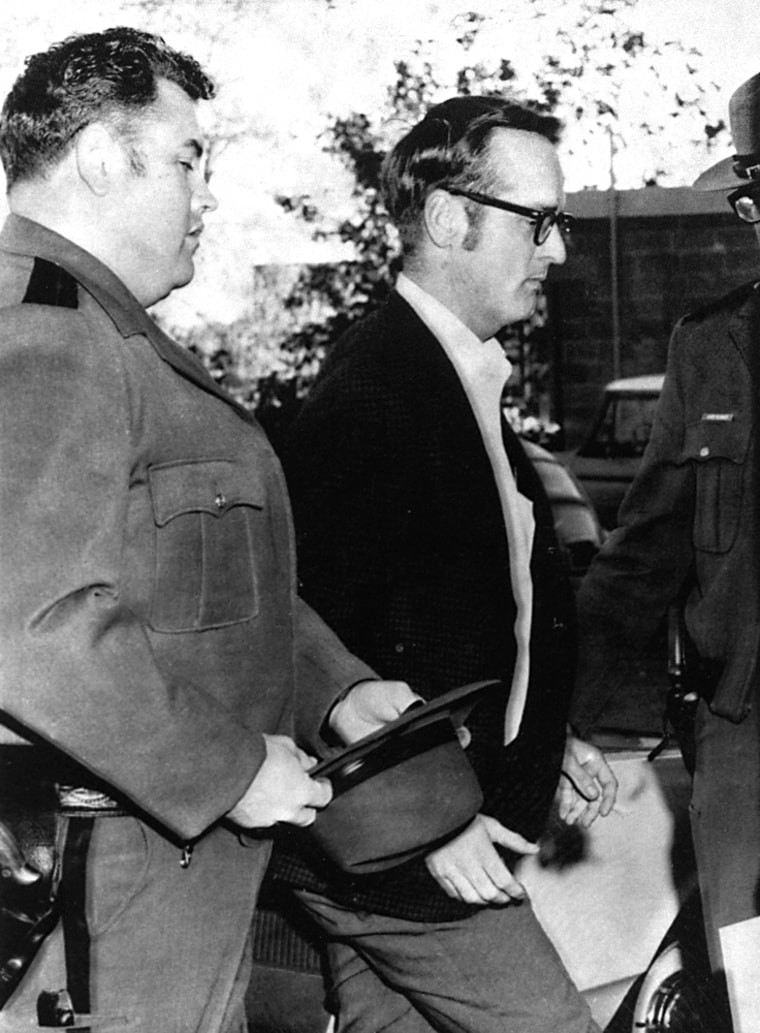Arthur John Shawcross, the serial killer infamously known as the Genesee River Killer, who terrorized Rochester, New York, in the late 1980s, died at the age of 63. He was serving multiple life sentences for the brutal strangulation and murder of 11 women.
Shawcross passed away late Monday at an Albany hospital. He had been transferred there from the Sullivan Correctional Facility after complaining of leg pain earlier in the day, according to Corrections Department spokesman Erik Kriss. The official cause of death is currently under investigation.
The grim details of Shawcross’s crimes captivated and horrified the public during his 13-week trial, which focused on ten of the eleven killings. The courtroom heard graphic and disturbing testimony detailing acts of mutilation and cannibalism committed by Shawcross.
Between 1988 and 1990, a series of murders in downtown Rochester were attributed to Shawcross. Authorities revealed that his victims were primarily prostitutes, whom he would rape and mutilate before disposing of their bodies in secluded areas throughout the city. This wave of terror earned him the moniker “The Genesee River Killer” due to the locations where bodies were discovered near the river.
Adding to the public outrage was the revelation that Shawcross was on parole at the time of these murders. He had previously served 15 years for the manslaughter of two young children in Watertown, New York, in 1972. This earlier conviction highlighted a failure in the justice system that allowed a known violent offender to be released and commit further heinous crimes.
 Arthur J. Shawcross is returned to Jefferson County after pleading guilty on first degree manslaughter in the deaths of two children, aged 8 and 10, in Watertown, N.Y. on Oct. 17, 1972. Shawcross was sentenced to a maximum of 25 years in Attica State Correctional Facility. He is escorted by an unidentified sheriff's deputy. (AP Photo)
Arthur J. Shawcross is returned to Jefferson County after pleading guilty on first degree manslaughter in the deaths of two children, aged 8 and 10, in Watertown, N.Y. on Oct. 17, 1972. Shawcross was sentenced to a maximum of 25 years in Attica State Correctional Facility. He is escorted by an unidentified sheriff's deputy. (AP Photo)
Arthur Shawcross, escorted by law enforcement, is pictured in 1972 after pleading guilty to manslaughter for the deaths of two children in Watertown, NY. This image highlights Shawcross’s initial crimes before his later notoriety as the Genesee River Killer.
Shawcross was apprehended in January 1990, just a day after state police discovered him near the frozen remains of one of his victims. His trial commenced later that year, and in December 1990, he was convicted of ten counts of murder after the jury deliberated for a mere six and a half hours. The jury rejected the defense’s plea of legal insanity, which argued that brain damage, childhood abuse, and his experiences as a Vietnam War soldier drove him to kill.
Just three months after this conviction, Shawcross further confessed, pleading guilty to the strangulation of another woman. Her body had been found in the woods of neighboring Wayne County in November 1989, expanding the geographical scope of his known crimes.
During his trial, Arthur John Shawcross remained silent, not taking the stand to testify. However, jurors were presented with videotaped interviews conducted under hypnosis by defense psychiatrist Dr. Dorothy Lewis. In these tapes, Shawcross presented a bizarre and disturbing picture, alternating voices, claiming to have been a cannibal in medieval England, and recounting fabricated tales of childhood incest and wartime atrocities, including cannibalism in Vietnam. He claimed to hear his mother’s voice instructing him to kill and even assisting in the strangulation and mutilation of one victim.
Conversely, prosecution psychiatrist Dr. Park Dietz, in his videotaped interviews, presented a contrasting assessment. Dietz argued that Shawcross was feigning mental illness to evade responsibility for his horrific actions and avoid imprisonment. Dietz stated that Shawcross never reported hearing voices or exhibiting multiple personalities in their sessions.
Adding another layer of controversy to the Arthur Shawcross narrative, in 2002, public outcry erupted over his profiting from artwork created in prison. This controversy led the state Corrections Department to cancel its annual inmate art show and prohibit the sale of art produced by inmates within correctional facilities. Prior to this ban, inmates like Shawcross were allowed to sell their artwork, keeping half of the proceeds while the other half went to the state Crime Victims Board. Notably, in 2001, ten sketches and paintings by Shawcross, including a portrait of Princess Diana, were sold for as much as $540 each, further fueling public anger and ethical debates surrounding inmates’ rights and victim compensation.
The death of Arthur John Shawcross closes a dark chapter in Rochester’s history. While his passing may bring a sense of closure for the victims’ families, the chilling details of his crimes and the controversies surrounding his case will undoubtedly remain a disturbing part of true crime history.
